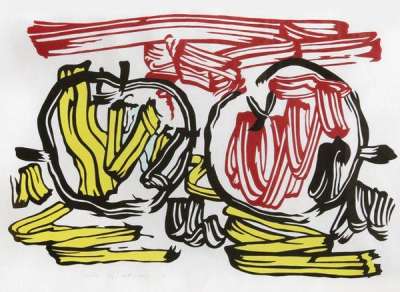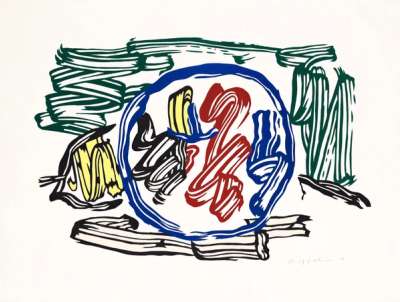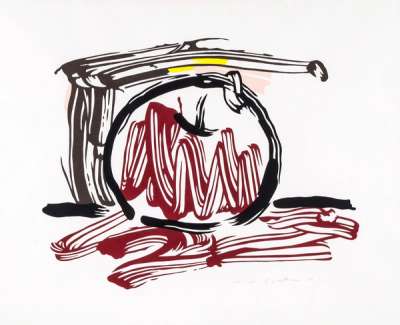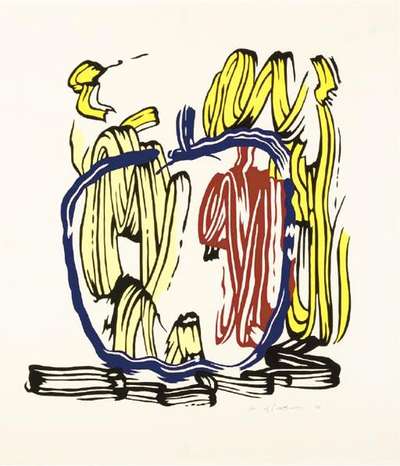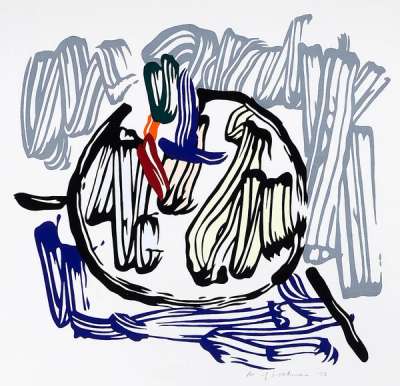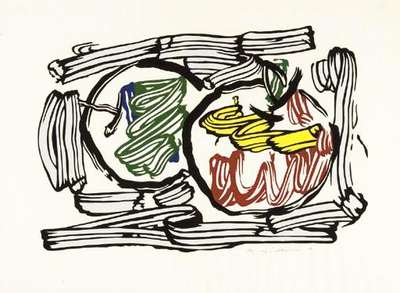
Red And Yellow Apple
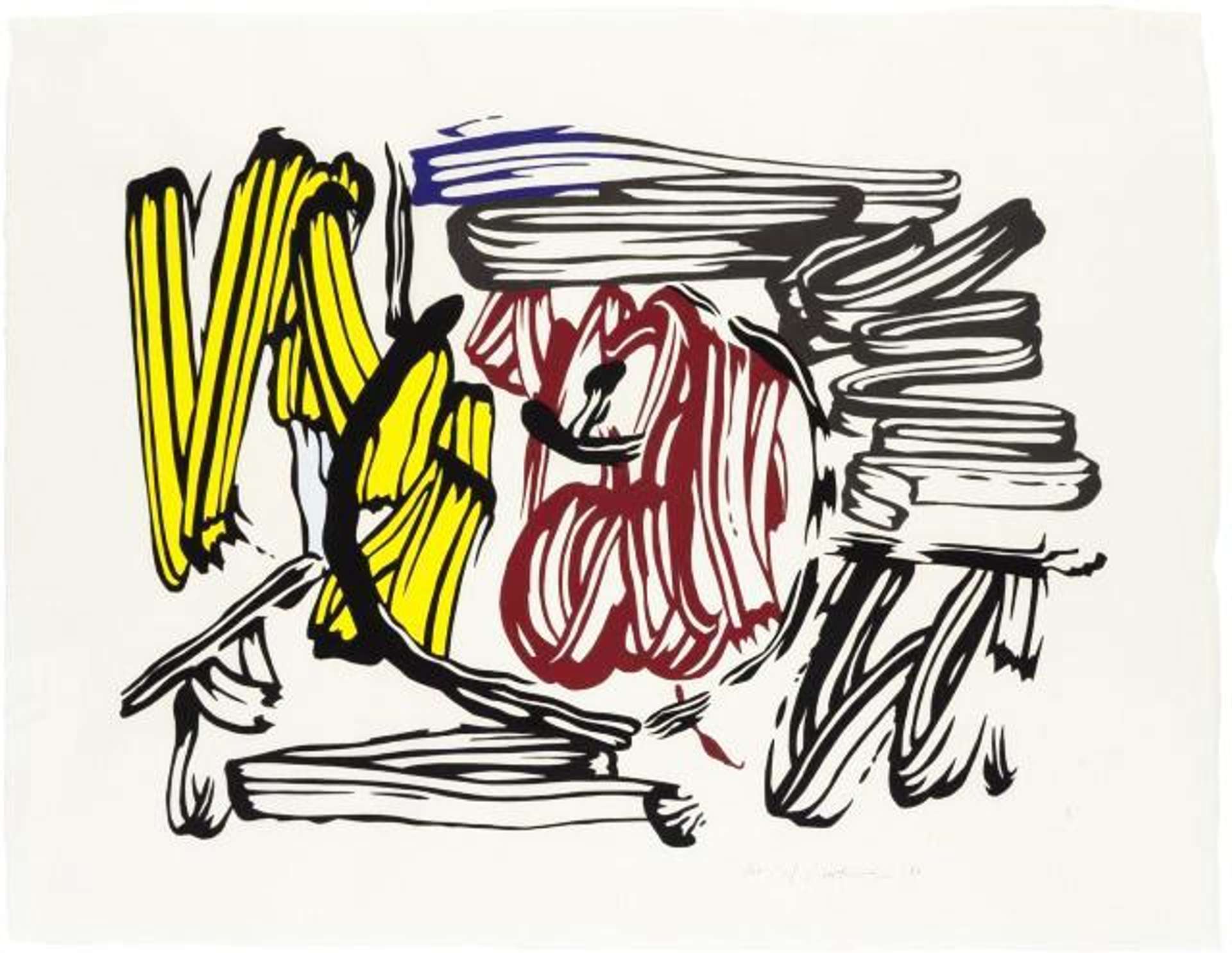
Red And Yellow Apple
Signed Print
Roy Lichtenstein
£9,000-£14,000
$17,000-$27,000 Value Indicator
$16,000-$24,000 Value Indicator
¥80,000-¥130,000 Value Indicator
€10,500-€16,000 Value Indicator
$90,000-$140,000 Value Indicator
¥1,710,000-¥2,660,000 Value Indicator
$11,500-$18,000 Value Indicator
AAGR (5 years) This estimate blends recent public auction records with our own private sale data and network demand.
There aren't enough data points on this work for a comprehensive result. Please speak to a specialist by making an enquiry.
Medium: Woodcut
Edition size: 60
Year: 1983
Size: H 58cm x W 77cm
Signed: Yes
Format: Signed Print
MyPortfolio
Your collection tracked in real time.
Build your portfolio, manage valuations, view return against your collection and watch works you're looking for.
Track auction value trend
Auction Results
| Auction Date | Auction House | Artwork | Hammer Price | Return to Seller | Buyer Paid |
|---|---|---|---|---|---|
| November 2022 | Bonhams New York - United States | Red And Yellow Apple - Signed Print | |||
| September 2022 | Bonhams Los Angeles - United States | Red And Yellow Apple - Signed Print | |||
| April 2021 | Sotheby's New York - United States | Red And Yellow Apple - Signed Print | |||
| May 2018 | Doyle New York - United States | Red And Yellow Apple - Signed Print | |||
| May 2017 | Freeman's - United States | Red And Yellow Apple - Signed Print | |||
| October 2012 | Ketterer Kunst Hamburg - Germany | Red And Yellow Apple - Signed Print | |||
| March 2012 | Cornette de Saint Cyr Paris - France | Red And Yellow Apple - Signed Print |
Meaning & Analysis
Roy Lichtenstein’s Red And Yellow Appleof 1983 belongs to his Seven Apple Woodcuts, a humorous revision of two major art historical practices. Lichtenstein in this sequence interrogates the act of touching brush against canvas, as idolised by the abstract expressionists. Additionally, he also reflects on the enduring status of still lifes, as immortalised by renaissance and impressionist masters in particular.
The Seven Apple Woodcuts are abstracted versions of Lichtenstein’s previous Six Still Lifes of 1974. The series also serves as the conceptual predecessor of Lichtenstein’s Brushstroke Faces of 1989. Expressive sweeps of colour are the vehicles, with which Lichtenstein reconsiders the formal qualities of still lifes and the authority given to painterly gestures of the past.
Red And Yellow Appledisplays energetic strokes situated on a simple off-white background, devoid of patterns. Prompted by the title, the observer visualises two fruits, however, in reality, only one red apple is portrayed, while the other is symbolised by bright yellow streaks. Red And Yellow Apple proves that it isn’t necessary to figuratively capture both shapes, in order for audience’s to recognise the subject matter. Lichtenstein keenly embraces a sense of technical finesse with which he engages in a simulated process of painting. As a result, the beholder forgets that the print was in fact executed as a woodcut.
